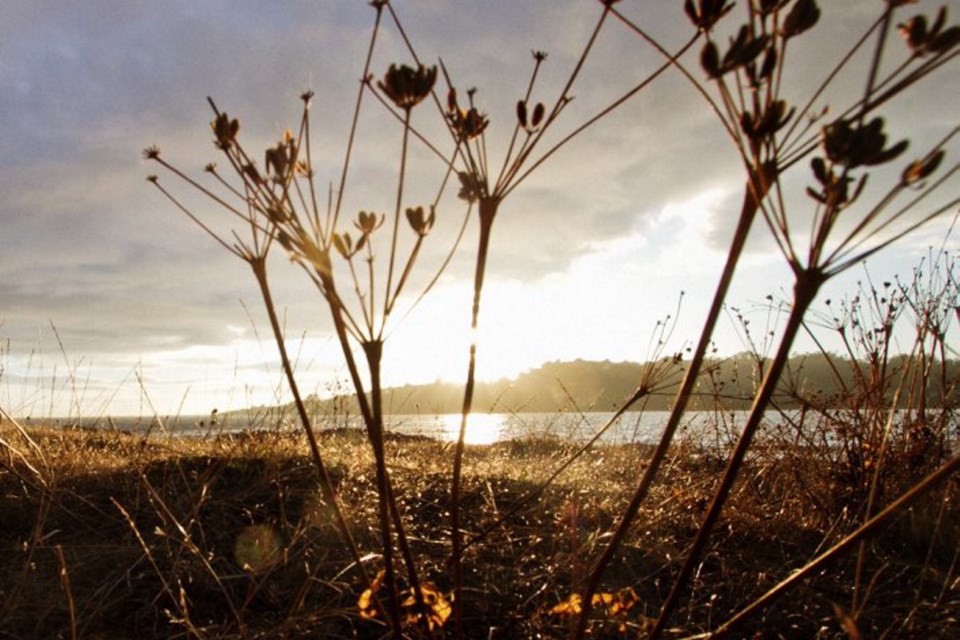“Do not go gentle into that good night,
Old age should burn and rave at close of day;
Rage, rage against the dying of the light.”
— Dylan Thomas (1914-1953)
As we enter the darkest period of the calendar, mitigated by seasonal lightshows that bloom on lawns and public spaces, it might be worth taking a moment to think about Sir Sanford Fleming, the man responsible for organizing our lives in a truly clockwork manner. And about Dylan Thomas, who likely would have hated him for it.
At the moment, I’m in the Thomas camp. The day we change all our clocks back to make way for endless stretches of night is my least favourite of the year. As per Thomas’s instructions, I rage and I rave. The trees are naked and with daylight fading at 4 p.m., there’s no way to pretend any longer. We are in for it. Several tedious months of driving rain, bitter wind and grey. The day we fumbled with those flashing LED readouts that emanate from home appliances (or even on our wrists served as a reminder of all that diminishes. It’s infinitely sad each time it happens. Beautiful, too, in its way, I suppose, speaking as it does to the cyclical nature of things. But the dying light feels too near home.
Dylan Thomas, the dissolute Welshman who died of his intemperate habits in 1953, was a poet. Fleming, the renaissance Canadian of Scottish origin whose life straddled the 19th and 20th centuries, was a man of science. A railway engineer who helped Canadian Pacific realize its transcontinental transportation system, he was a quick study and a far-thinking inventor. He realized how the new telegraph and the country’s railway system could work in harmony for the sake of efficiency.
Before he had his brainwave, timekeeping was a local responsibility. Each town would set its clocks at noon, when the sun reached its peak for the day. (There was a brisk trade in it: clock setters were regular visitors to businessmen and homemakers, there to adjust timepieces on a weekly basis.) Because the sun’s arrival at its zenith differed from location to location across the vast reaches of the budding Canadian nation — the variance caused all kinds of scheduling problems. And railway accidents were rife, too. More than one collision occurred because trains would set off in opposite directions along the same track: schedulers were fully convinced they had the right of way, believing their town clocks were the only accurate devices.
Fleming changed that with his proposal for fixed time zones in 1873, adopted by the world a decade or so later. It’s instructive that he was Canadian. We are always looking for ways to make the vastness of this land less vast — and making time consistent across whole provinces is one way to go about it.
Not everybody goes along with this standardization. Saskatchewan has never believed in Daylight Time. Summer sun may be foreshortened there — but then its citizens don’t suffer the sudden finality of darkness that the rest of us endure at this time of year.
The notion of saving daylight in the summer precedes Fleming. It was Benjamin Franklin who came up with it a century earlier as a means of extending the sunlight hours during a farmer’s most productive season. When standardized time zones became the norm, the idea was incorporated into the new system.
There is ample room in this society for both the poet and the scientist. One ensures that the trains run on time and the other keeps our souls tuned to the vag-aries of nature, has us humming to some mysterious clock that long precedes us and extends into eternity.
But at this time of year, I’m a Thomas girl all the way. You have to carry me kicking and screaming into the cold dark night.
Follow Rosa Harris on Twitter: @rharrisa



